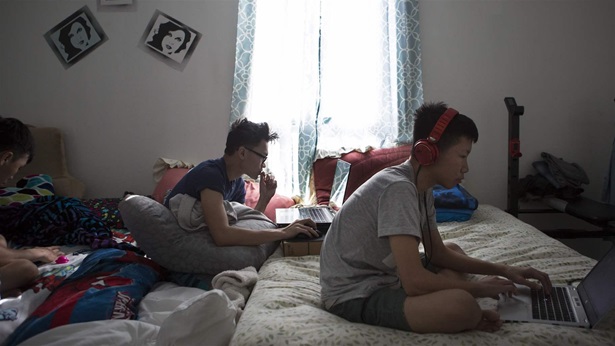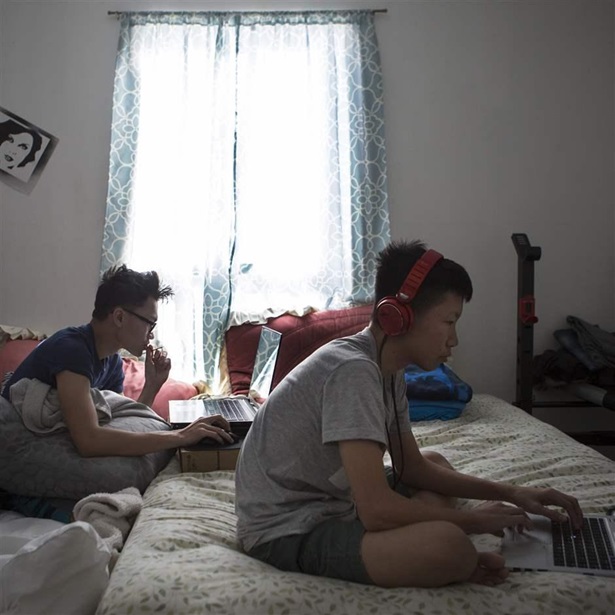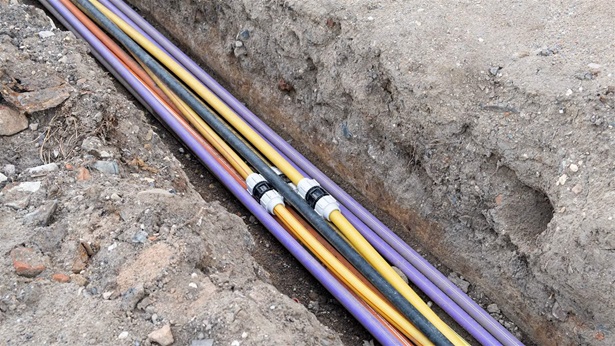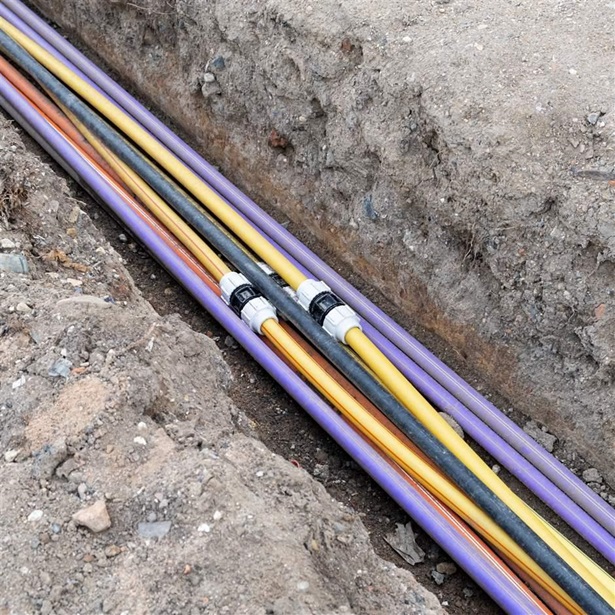Senate Reviews Impact of Broadband Subsidy Expiration
Pew testimony highlights lapse of Affordable Connectivity Program, need for further funding

On May 2, Kathryn de Wit of The Pew Charitable Trusts testified before the U.S. Senate Commerce, Science, and Transportation Committee’s Subcommittee on Media, Communications, and Broadband about the impact of the Affordable Connectivity Program (ACP) on Americans’ access to affordable broadband and the potential ripple effects of the end of the program’s funding.
Pew’s testimony outlined that the ACP is critical to the ambitious goal of connecting every American to affordable high-speed internet. With millions of people still lacking access to this essential service, allowing ACP’s funding to lapse could not only keep Americans from affording new broadband subscriptions but also could cause households across the country to lose their existing service. The testimony noted that Congress can and should act swiftly to ensure the future of ACP and prioritize long-term policies that promote access to affordable high-speed internet for all Americans.
Pew’s years of work on affordable broadband access shows that millions of people nationwide still do not have sufficient access to broadband, especially to affordable service, largely because they live in rural communities where low population density and difficult terrain create high costs and low returns on investment that discourage providers from serving those areas. But the cost of broadband also negatively affects demand among low-income Americans regardless of where they live. Ultimately, the influence of cost on customer demand and the high capital costs of deploying broadband discourages internet service providers from upgrading existing networks or building new ones.
















